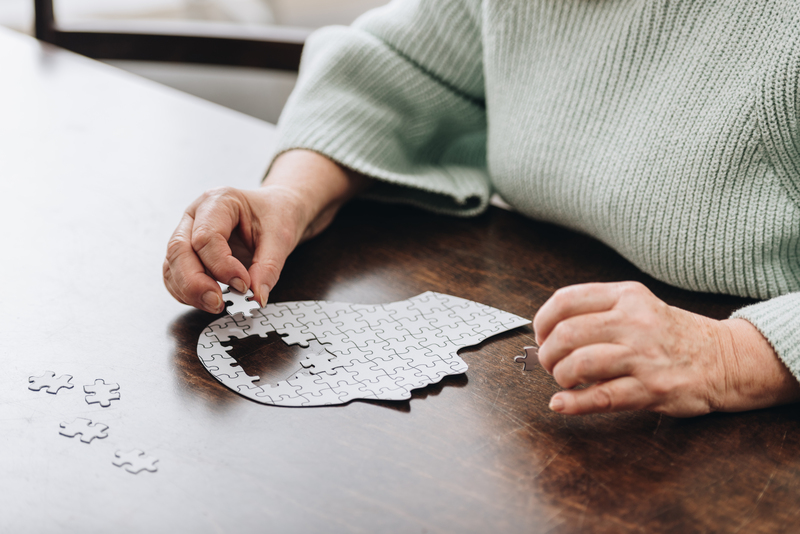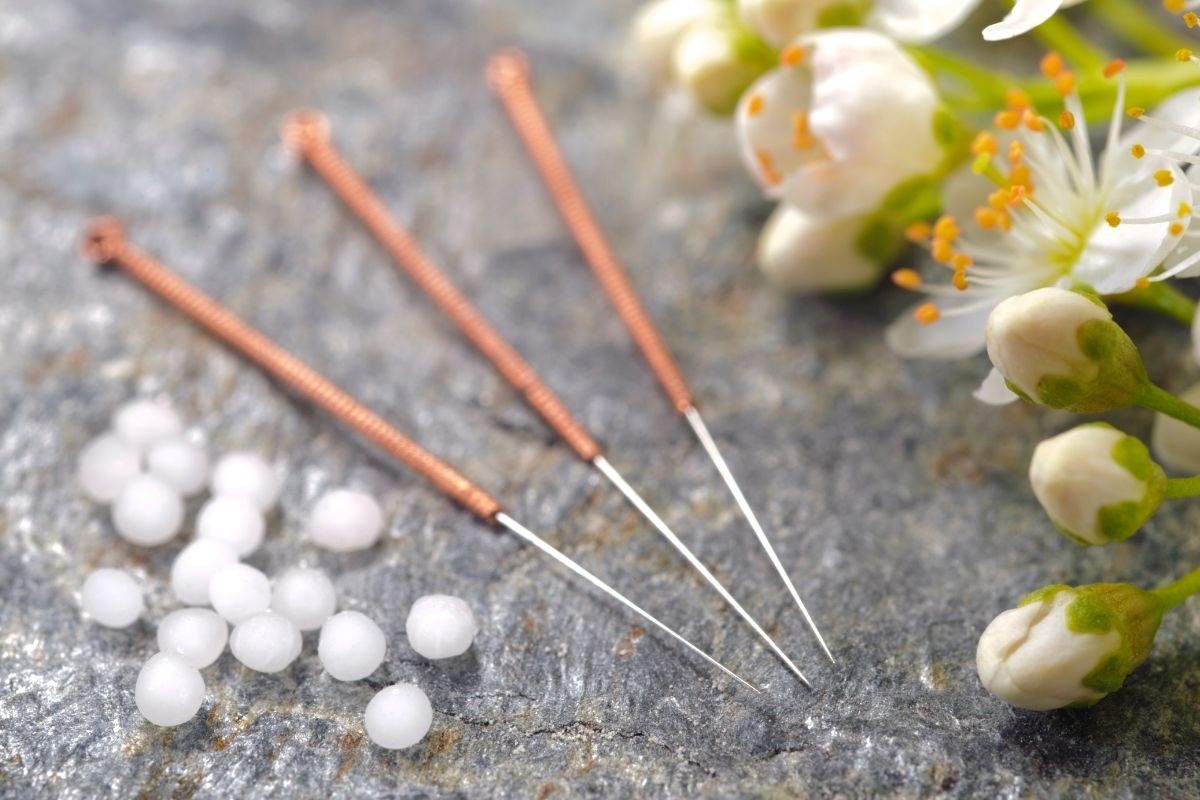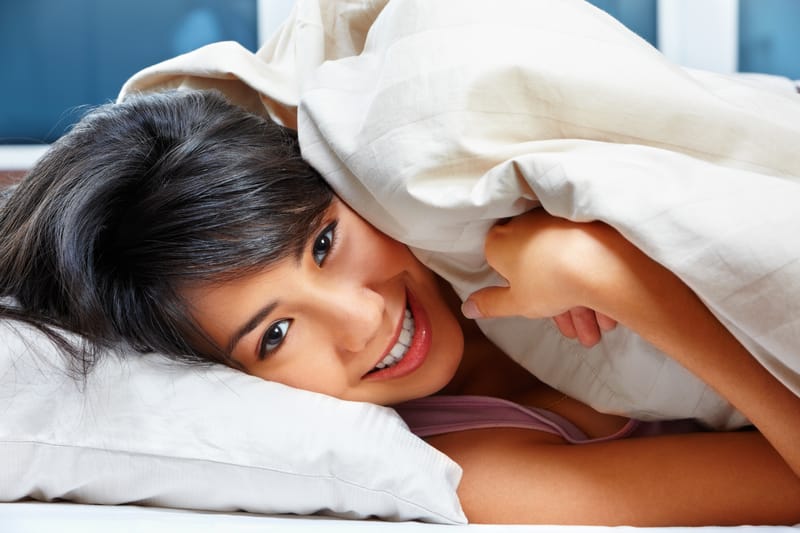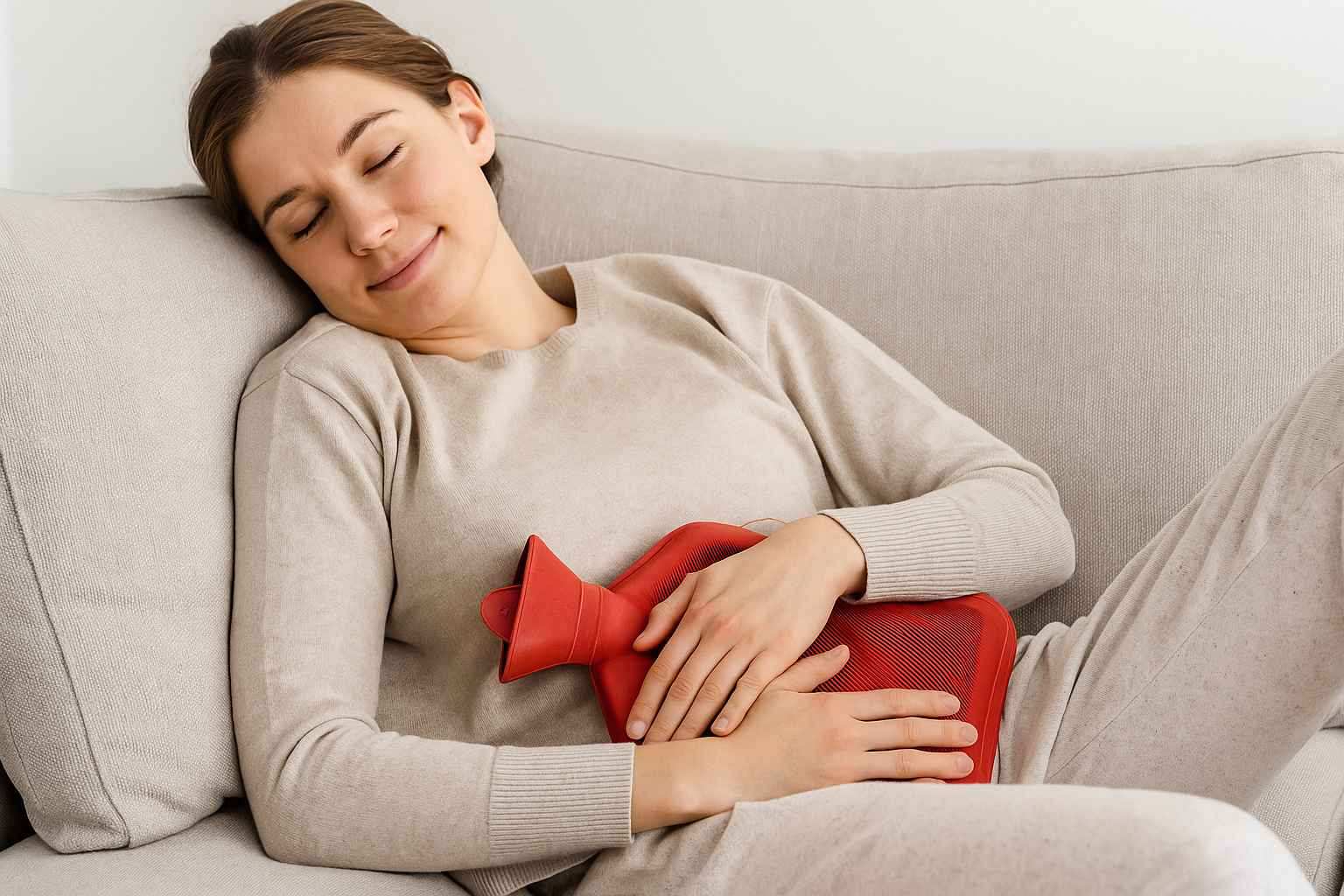Acquired brain injuries can happen in the course of one’s life, and the conditions that can cause them vary. Brain damage is a matter of big concern worldwide because it causes neurological problems that can affect cognitive, sensorial, and motor functions and disabilities that last for life. The therapy with acupressure points for brain injury has been scientifically proven to help mitigate damages caused by brain damage and spinal cord injury.
In countries where Chinese medicine is utilized along with Western medicine approaches, traumatic brain injuries, as well as other types of brain damage, are treated on an integrative basis with a combination of acupuncture points for brain damage, herbal medicines, and Western technology. The advantages of doing this treatment with the acupressure points for brain injury are huge, since the sooner after the injury acupuncture is started, the better the results.
In the observational study carried out by researchers in China, the treatment with acupuncture was shown to elevate the levels of an important neurotropic responsible for regulating things like synaptic connections and plasticity, as well as neural survival and growth, called brain-derived neurotrophic factor (BDNF).
Acupuncture for the treatment of insomnia in patients with traumatic brain injury has also been scientifically proven to be effective in this observational study. These findings are of great importance to society since there are not many other treatment options that are side-effect free such as acupuncture. Acupuncture for brain injury has no side effects and is shown to accelerate the recovery of consciousness, mainly in recent injuries.
Does Acupuncture Help With Brain Damage?

Traumatic brain injury is the major cause of death in people below 45 in America alone. It’s one of the biggest concerns for governments worldwide due to the constant incrementation in the number of vehicle accidents. Due to this, TCM is being evaluated not only for neuronal recovery but also the therapy with acupuncture to treat teeth grinding after brain injury, promote the recovery of consciousness, and improve other post-traumatic symptoms such as anxiety are of big interest.
Head trauma and spinal cord injury are common among military veterans as well. A scientific blinded study has been carried out on American veterans to test the effects of acupressure points for brain injury related issues, finding a significant improvement in cognitive function, working memory, and neurological recovery.
Acupuncture for brain tumors is also being explored by scientific communities worldwide with the aid of magnetic resonance imaging, and the results are promising. However, acupuncture is becoming more popular among Western medicine practitioners due to its effects on the recovery of consciousness and neurological recovery.
Acupressure Points For Acquired Brain Injury
In TCM, head trauma therapeutic principles are focused on the prevention and treatment of injuries and pathologies related to neurologic tissues. However, due to the nature of traumatic brain injuries, they require specialized care from a brain surgeon in a hospital setting.
The treatment with acupressure points for brain injury is an auxiliary treatment that can be carried out concomitantly with other therapies in the post-operatory period, being careful not to stimulate points that are located close to areas that are wounded to improve neurological recovery.
Acupoint: GV-20 (Other Names: The Governing Vessel-20/Bai Hui/Hundred Convergence)
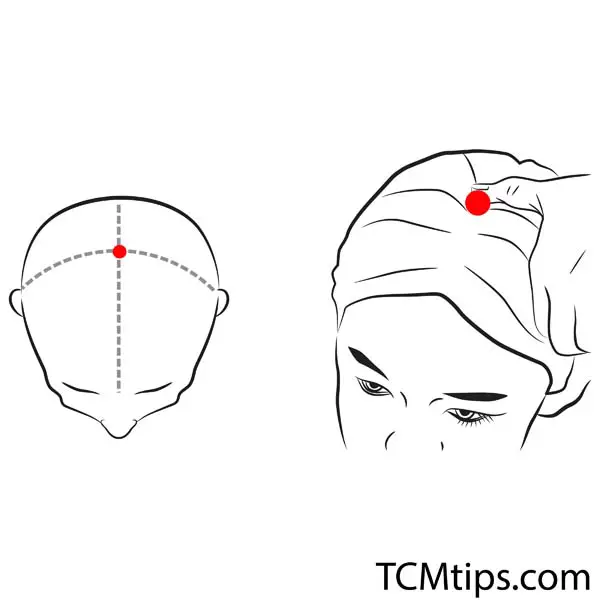
Baihui, as this acupoint is also called, can be found on the midline of the head by drawing a straight line from both ears up. Due to its location, GV-20 is one of the acupressure points for neck pain and headaches.
It’s the traditional command acupoint for all brain-related issues and the most important among all acupressure points for brain stimulation. It’s referred to as the “sea of marrow” in classical literature in reference to the Brain. For this reason, Baihui is one of the acupressure points for brain fog.
Scientific evidence gathered with magnetic resonance imaging and other modern tools suggests that the stimulation of this acupoint helps neurological recovery in cases of major depression, having effects on what scientists call stimulus-independent thought, mind-wandering, and self-consciousness and on the recovery of consciousness.
The acupressure at this point is done by pressing it for a few seconds and releasing intermittently for about three minutes. Do this three times a day.
Acupoint: ST-36 (Other Names: Stomach-36/Zu San Li/Leg Three Miles)
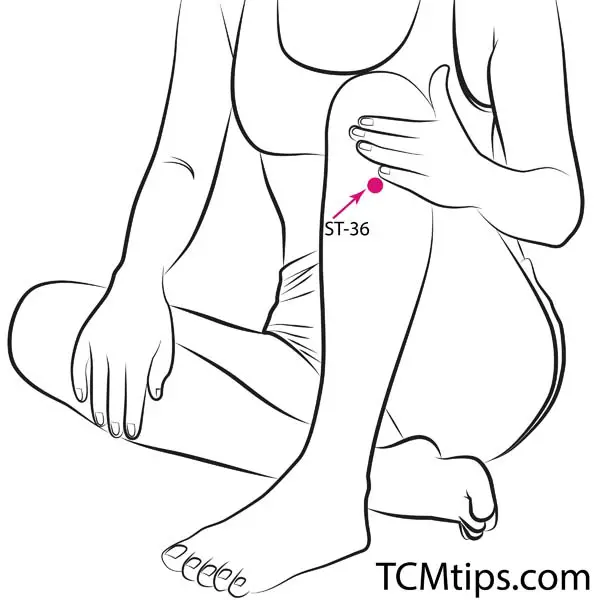
Find ST-36 Zusanli below your knee, one finger breadth lateral to the anterior crest of the tibia. This is one of the acupressure points for eye bags.
In classical literature, it’s mentioned that this point can treat all diseases. Daily moxibustion in this acupoint is said to extend the lifespan and helps to maintain health, being specially indicated to people above thirty to send energy to the eyes. In scientific studies, the stimulation of Zusanli, in combination with another acupoint, was shown to effectively counteract oxidative stress.
Apply firm pressure on both sides, using your fingers to vigorously massage this acupoint for about four minutes. Repeat three times daily for an enhanced therapeutic effect.
Acupoint: GV-26 (Other Names: The Governing Vessel-26/Ren Zhong/Middle of the Person)
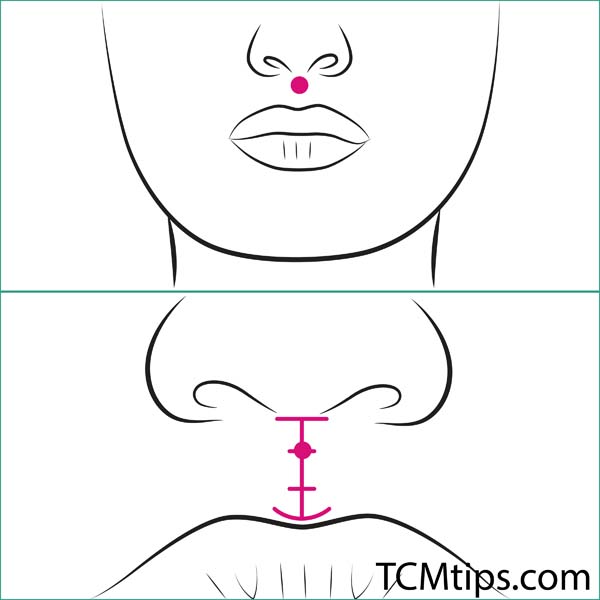
This point is located above the upper lip on the midline. This is one of the acupressure points for back pain.
This acupoint is traditionally used to promote resuscitation in cases of dismay when a person loses consciousness. It’s the first of the thirteen so-called Ghost Points listed by Sun Si-miao for the treatment of mental problems such as psychosis and epilepsy. This is also one of the acupuncture points for concussion.
In the scientific studies, acupuncture at GV-26 in combination with ST-36 and two other acupoints has been proven to reduce spastic muscle hypertonia in patients with traumatic brain injury, a condition that makes the patients who suffer from it have exaggerated reflex responses.
Apply firm pressure at this point with your thumb, directing the pressure to the area below the septum. You can do this intermittently in a 3/3 seconds ratio for about three minutes. Do this three times daily.
Acupoint: GV-15 (Other Names: The Governing Vessel-15/Ya Men/Mutism Gate)
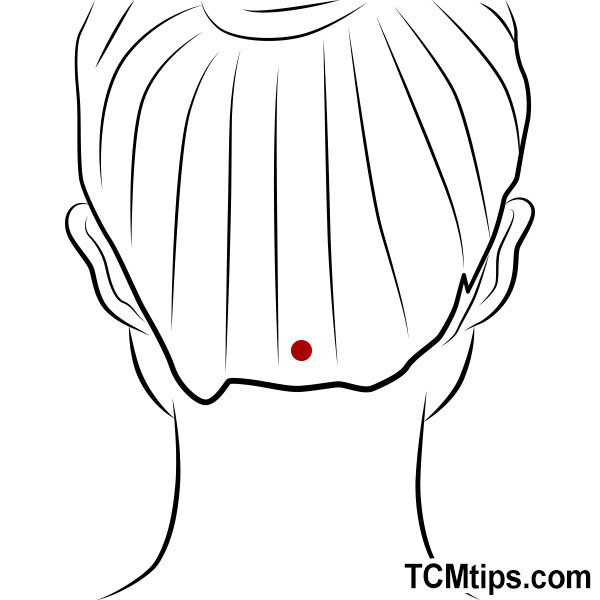
Yamen, as this acupoint is also referred to, is located between the spinous processes of the first and second cervical vertebrae on the upper part of the neck.
This acupoint attributed the action of stimulating speech and resolving problems of speech due to its location directly behind the root of the tongue. It’s also traditionally utilized in clinics for stiffness of the neck and cervicals, as well as heaviness in the head, among other important uses involving the Yang Qi.
Scientific studies have found that this acupoint, in combination with GV-20, GV-26, GV16, and LI-4, helps to control neuronal necrosis, driving neuron regeneration and tissue repair in cases of axonal injury, for example. This point is found among the acupressure points for female pattern baldness as well.
You can use your index and middle fingers to stimulate this acupoint by applying a firm pressure, persisting for about five seconds, then releasing it intermittently in a 5/3 ratio for about three minutes. Repeat this procedure three times a day.
Acupoint: GV-16 (Other Names: The Governing Vessel-16/Feng Fu/Wind Palace)
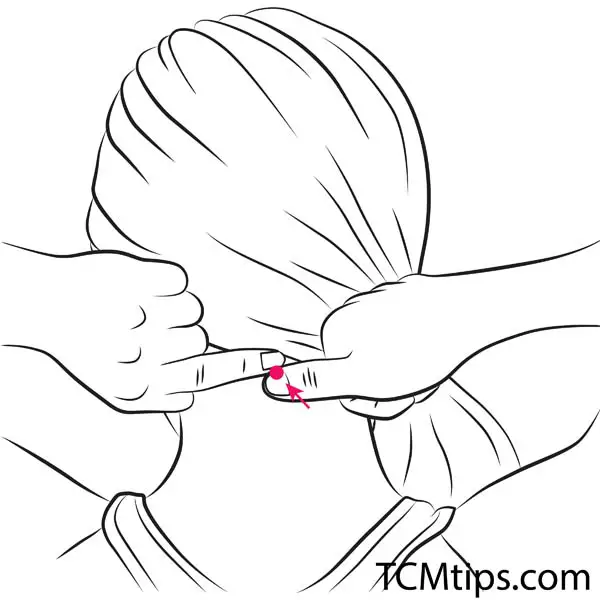
Acupoint: LI-4 (Other Names: Large Intestine-4/He Gu/Joining Valley)
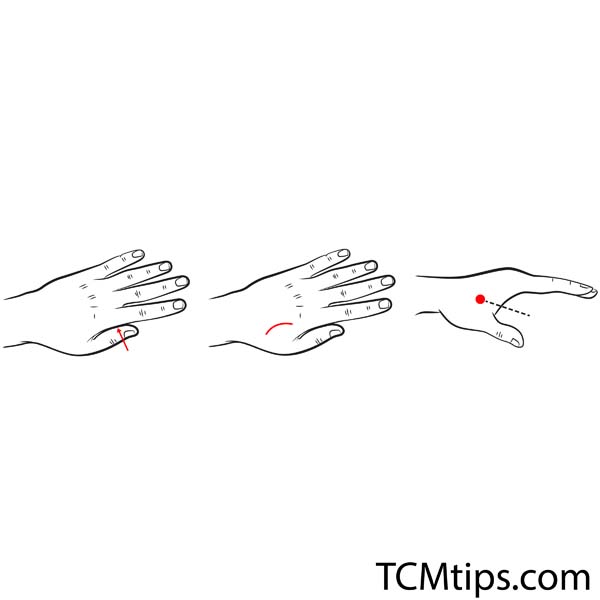
Acupoint: Ren-24 (Other Names: The Conception Vessel-24/Cheng Jiang/Saliva Container)
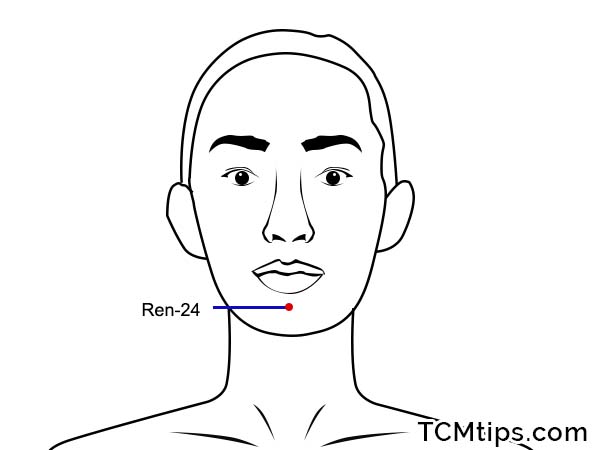
Acupoint: Ren-4 (Other Names: The Conception Vessel-4/Guan Yuan/Origin Pass)
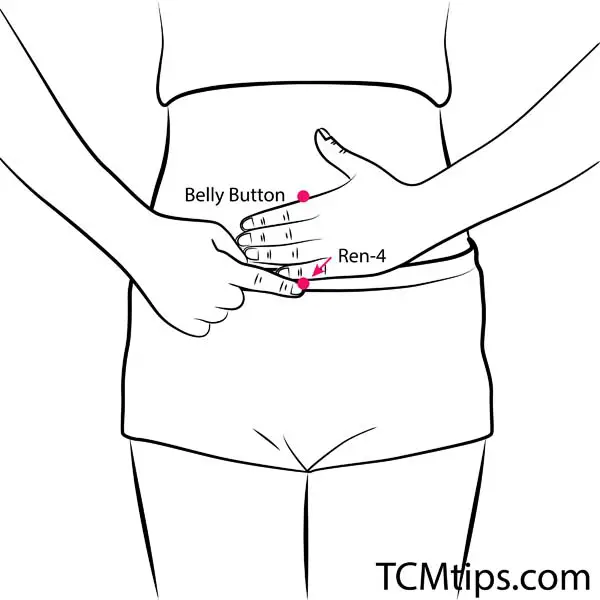

Acupoint: Ren-3 (Other Names: The Conception Vessel-3/Zhong Ji/Middle Extremity)
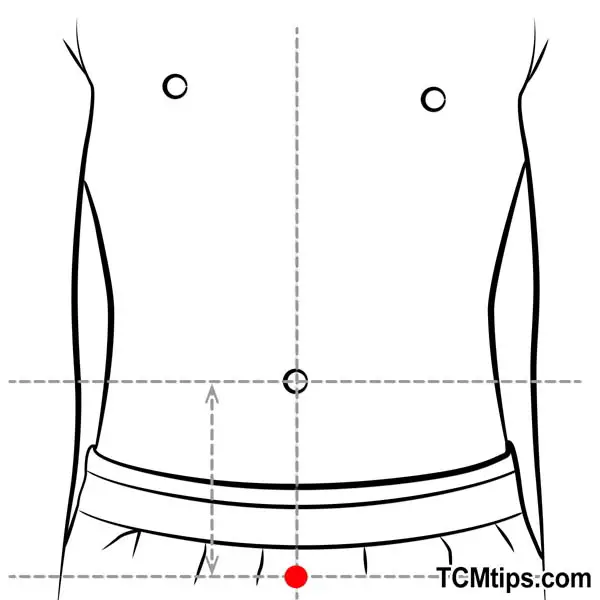

Try our Anti-Aging Gua Sha Tool designed to bring out your skin’s natural glow.
Best Gua Sha Product- Anti-Aging: The tool is designed to target 11 specific aging signs such as wrinkles and sagging skin. By following the 7-step routine, users can improve skin firmness and reduce fine lines naturally.
- Enhances Skincare Routine: It works effectively with serums and lotions, boosting absorption and efficacy of skincare products.
- Visible Skin Improvement: Users can expect a smoother complexion, reduced puffiness, and a more youthful appearance.
 P. Sze
P. Sze 